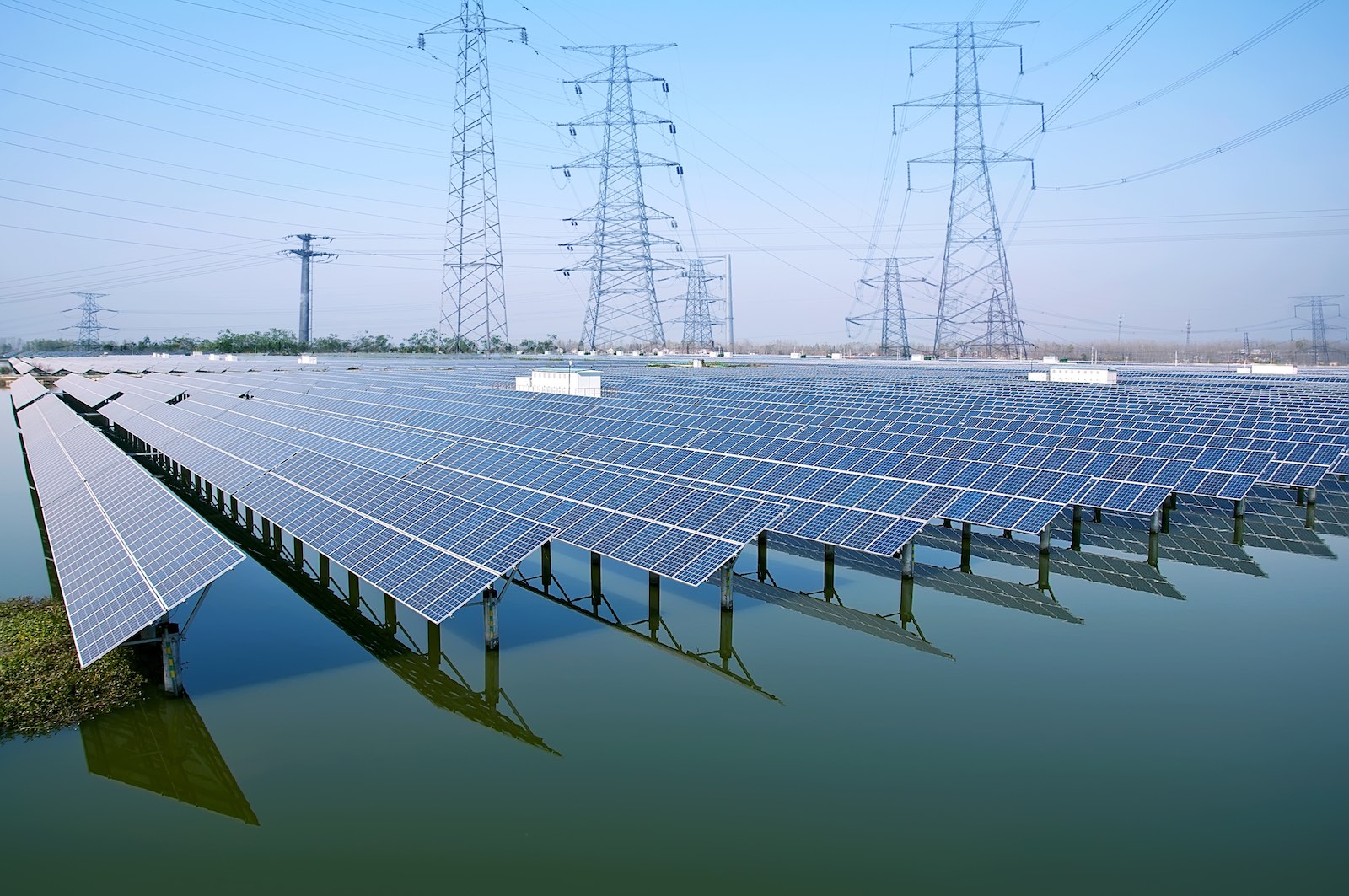Even moderate UN projections suggest that if current population and consumption trends continue, by the 2030s, we will need the equivalent resources of two Earths to support us – or maybe just one smart one.
The current world population of 7.3 billion is expected to reach 8.5 billion by 2030, 9.7 billion in 2050 according to UN DESA report: World Population Prospects. Where 54% of world’s population was urban in 2014 and this figure is expected to be 66% by 2050, predicts the UN – putting cities at the center of an energy crisis, or making them the key to the solution.
We must also consider climate change, even more so now the Trump administration has chosen not to. So while we strive to meet growing energy demand we must also utilize renewable energy sources to make up the shortfall and take an increasing share from polluting fossil fuels. The effort and struggle involved in getting countries to agree with renewable energy rates of around 20% might make you think even more would be unfeasible but, technically at least, it’s not such a feat.
Covering just 1.2% of the Sahara desert with solar panels would be sufficient to cover all of the energy needs of entire planet, cleanly and greenly. The cost of such a project would be about five trillion dollars (one time cost at today’s prices without any economy of scale savings). That is less than the bail out cost of banks by Obama in the last recession, or one quarter of US national debt, or equal to 10% of global GDP for one year.
“If we cover an area of the Earth 335 kilometers by 335 kilometers with solar panels, even with moderate efficiencies achievable easily today, it will provide more than 17,4 TW power. This area is 43,000 square miles.
The Great Saharan Desert in Africa is 3.6 million square miles and is prime for solar power,” explains Mehran Moalem, PhD, UC Berkeley, Professor, Expert on Nuclear Materials and Nuclear Fuel Cycle.

Political factors, both in the Sahara region and globally, mean a project like this is near impossible in the current climate. Nations who recognize the issue are already struggling to build enough renewable capacity in their own countries. Thankfully there are two sides to the energy coin; more capacity and less consumption. Efficiency is the power station you don’t need to build, and as the highest consuming entities, cities will be the prime target for efficiency.
Cities mean buildings, and buildings make up as much as 40% of total energy consumption globally. The smart design and operation of buildings can provide energy savings of 30% to 60% compared with regular buildings. Some overtly simple mathematics will tell you that we would potentially achieve 58% lower energy demand if all future buildings were smart.
A case study, by Indian IT giant Infosys, has been able to reduce its per capita energy consumption by 49% from 2008 to 2016. The Infosys campuses include office buildings, food courts, retail areas, sports facilities, guest houses, and more. The company grew from 85000 employees to 200,000 employees in these eight years, yet the absolute energy consumption only increased by 18% through the use of smart efficient designs and operations.
“Data driven designs have helped Infosys achieve some of the most efficient buildings in the world today, and smart operations have ensured efficiencies are maintained and give valuable inputs for replacement of equipment or optimization of any systems,” claims Guruprakash Sastry, Regional Manager, Infrastructure, Infosys.
Buildings make up our cities and cities increasingly make up our world. Renewable energy is rightly seen as fundamental to our future power system, addressing demand while also reducing human induced climate change, but efficiency can also do both. Efficiency does not generate power but in a world trying to meet rising demand and rid itself of polluting power facilities, efficiency serves the same goals.
Our energy future is not just green and renewable – it is also urban and smart.
[contact-form-7 id="3204" title="memoori-newsletter"]



